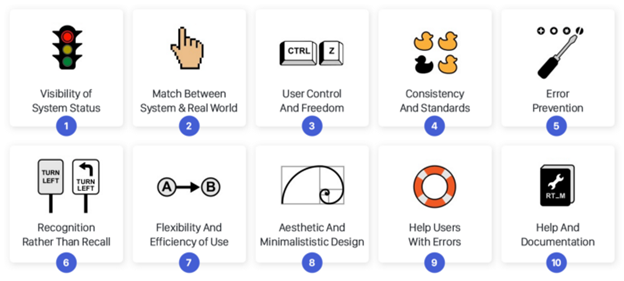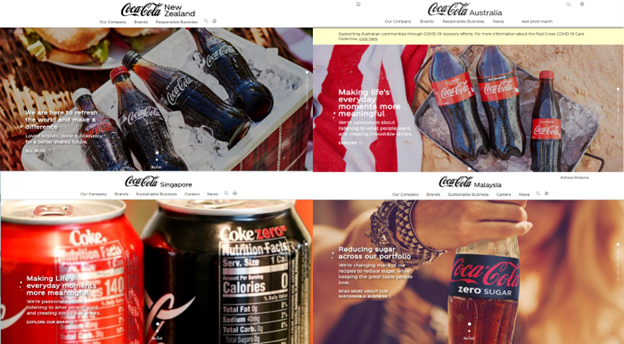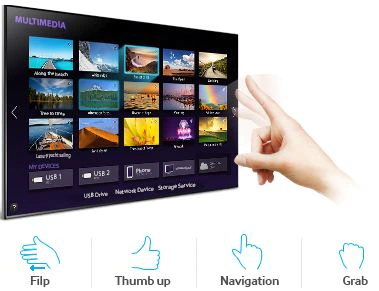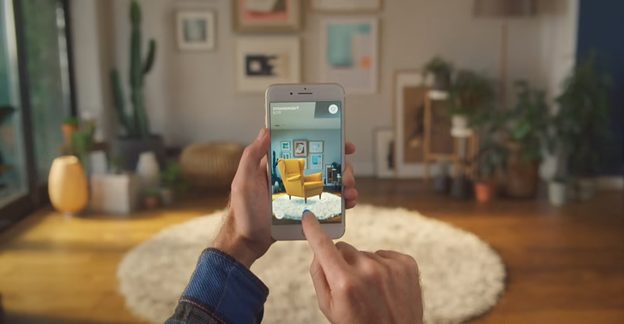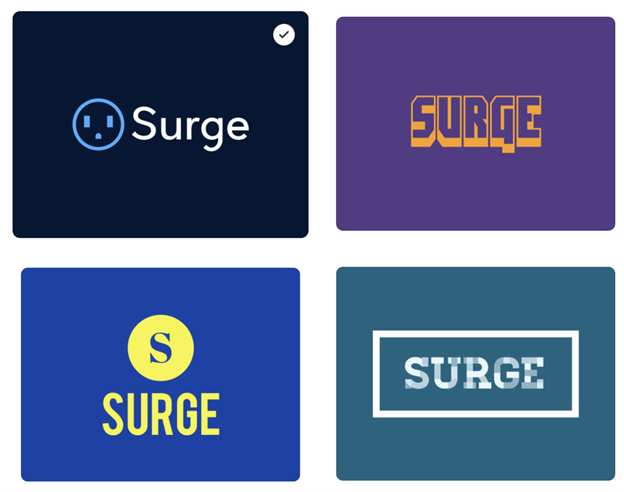From the moment a potential customer first encounters your brand or service to the moment of purchase and beyond, there are numerous interactions and touchpoints that a prospect goes through. User experience (UX) encompasses all aspects of the user’s interactions with a company, product, app, or solution. It is a broad term that can include anything from how easy it is for users to navigate the website to how relevant the content on the website is.
The importance of good UX design can’t be underestimated as it can make or break your product. Poor experiences can easily demotivate users, undermine their loyalty, and ultimately kill conversions. That’s why the interest in UX design is exponentially growing. Today, there are more than 1 million UX professionals, and this number is expected to further increase to 100 million by 2050, according to the Nielsen Norman Group.
And while the notion of “good” can be subjective, there are website design tools, general principles, and guidelines that help UX designers create meaningful and valuable user experiences.
What is good UX design?
A lot goes into creating good UX design, but first and foremost UX professionals need to take a user-centered approach in order to craft an experience around the needs, goals, and desires of the target audience.
One of the UX pioneers, Jakob Nielsen has translated his accumulated knowledge of the UX field and the results of numerous studies into ten principles of good UX design that are commonly known as 10 usability heuristics.
Source: UX design
- Visibility of system status. Predictability creates trust. Keep users informed and clearly communicate the current system status and the results of their prior interactions.
- Match between system and the real world. To make your design intuitive, avoid jargon and stick to users’ familiar terminology and concepts. This will make it easier for users to learn and remember how things work.
- User control and freedom. When users make an action by mistake, they need a clear emergency exit to undo or redo the action without having to go through an extended process.
- Consistency and standards. When users spend a lot of time using different digital products, they get used to certain patterns and concepts. Do not reinvent the wheel — follow the industry conventions so that users do not have to wonder whether different actions or situations have the same meaning.
- Error prevention. It’s important to provide error feedback, but what’s even better is to carefully design your solution to prevent errors from occurring in the first place. Avoid error-prone situations, and provide helpful constraints and smart defaults.
- Recognition rather than recall. Humans have limited short-term memory. Whenever possible, reduce the cognitive load by promoting recognition, i.e. making elements and options visible so that users do not have to remember where they are.
- Flexibility and efficiency of use. Your app or solution may be used by novices and experts alike. It’s a good idea to personalize the experience for individual users and provide shortcuts to speed workflows up.
- Aesthetic and minimalistic design. Every extra bit of information on a user interface distracts users from what’s important. Focus on the essentials and prioritize the features and content that support a user’s main goals.
- Help users recognize, diagnose, and recover from errors. Errors happen, and it’s important to explain to users in plain language what went wrong and how they can fix it. To that end, use traditional error messages like bold, red text.
- Help and documentation. Ideally, your solution doesn’t need an additional explanation but it’s crucial to make such documentation easily available if required. Keep this documentation concise and easy to understand.
These are the fundamental guidelines that have been helping UX professionals create compelling and value-added user experiences for digital products. But technology is rapidly expanding the limits of what’s possible, and users now expect more from interacting with digital products.
Where is UX design going?
1. Hyper-personalization
From carefully curated Spotify playlists to tailored Netflix recommendations, personalized experiences have become an integral part of our lives. And consumers now anticipate the same level of granular personalization from every digital product or service they interact with. According to McKinsey research, 71% of consumers expect brands to deliver personalized interactions, and companies that excel at personalization generate 40% more revenue.
Given the importance of personalized experiences for customer engagement and retention, hyper-personalization will continue to play an important role in the UX design field. The goal of a UX designer is to enable users to stay in control of their journey, from dashboards to notifications to checkout options.
Another aspect of personalization in the UX design is localization, i.e. adapting the solution’s look and feel to the specifics of a particular country. Coca Cola, for example, provides different interfaces with custom calls to action for different markets.
Source: UX Planet
But localization can go further than just customizing UI and enabling support for different languages, it is about embracing and embedding cultural differences like different login preferences or available payment options.
2. Minimal to no contact interfaces
The use of smart speakers and digital assistants like Siri, Alexa, Google Assistant was on the rise even before COVID-19. The pandemic has further accelerated the move to the so-called Zero User Interface (UI) — a sensory interface that allows us to communicate through voice commands and gestures.
Tech giants like Apple and Samsung have been pushing the envelope on gestural interfaces. Samsung Galaxy smartphone, for example, allows users to turn the phone on, mute alerts, make a screenshot — all with simple palm movements. Samsung Smart TVs are also equipped with built-in cameras and microphones to enable users to easily navigate TV functions with gestures and voice.
Source: Samsung
As touchless interactions continue to gain traction, UX designers will need to learn to intuitively incorporate voice commands and air gesture controls in order to enhance user experiences and boost satisfaction.
3. Design led by VR and AR
Computers, mobiles, smart TVs, wearables, IoT devices — there have been a lot of milestones that revolutionized UX design. The next big shift is expected to come from augmented (AR) and virtual reality (VR) as these technologies are becoming increasingly accessible. By 2027, the global mixed reality market is expected to reach US $3,387.5 mln.
Facebook, for one, is betting its future on virtual reality and developing its own metaverse. The core element to it is a social VR platform for the Quest headset called Horizon Worlds. AR technology has even more use cases as it doesn’t need expensive equipment: users can add layers of digital content to the real world right on their smartphones. IKEA Place is probably one of the most popular AR-enabled apps.
Source: IKEA
From all the UX trends, designing for mixed reality can become the most challenging as it will require UX professionals to reconsider the limits of an interface and adapt to the three-dimensional digital space. In VR, for instance, the main inputs come from hand motions, voice commands, and head gestures, so it is crucial to factor in such spatial variables as touch, sound, and depth.
4. Artificial intelligence and machine learning
AI-powered automation is becoming a reality in a number of industries, and UX design is no exception. For sure, some aspects like high-quality user research and user testing are too complex for AI and require emotional intelligence, but there are attempts to apply AI to the UX design realm. One such attempt comes from Looka Logo Maker which leverages artificial intelligence to create custom logos with no hassle.
Source: Looka Logo Maker
Further growth of AI and ML in the UX design space is definitely on the cards. From doing legwork like cropping and resizing images to analyzing metrics and optimizing design systems, AI algorithms will bring a number of advantages and help UX designers work more efficiently.
Wrapping up
Be it today or five years from now, good UX design is non-negotiable for business success. In a highly competitive landscape, good UX design is what can help you stand out and build more engagement with users.
While Nielsen’s ten usability heuristics form the core of UX design, we’ll see the industry evolve and adapt to meet the shifting user needs and expectations. These new trends will include a greater focus on touchless interactions and zero UI, hyper-personalization, AI algorithms, as well as new technologies like AR and VR.









